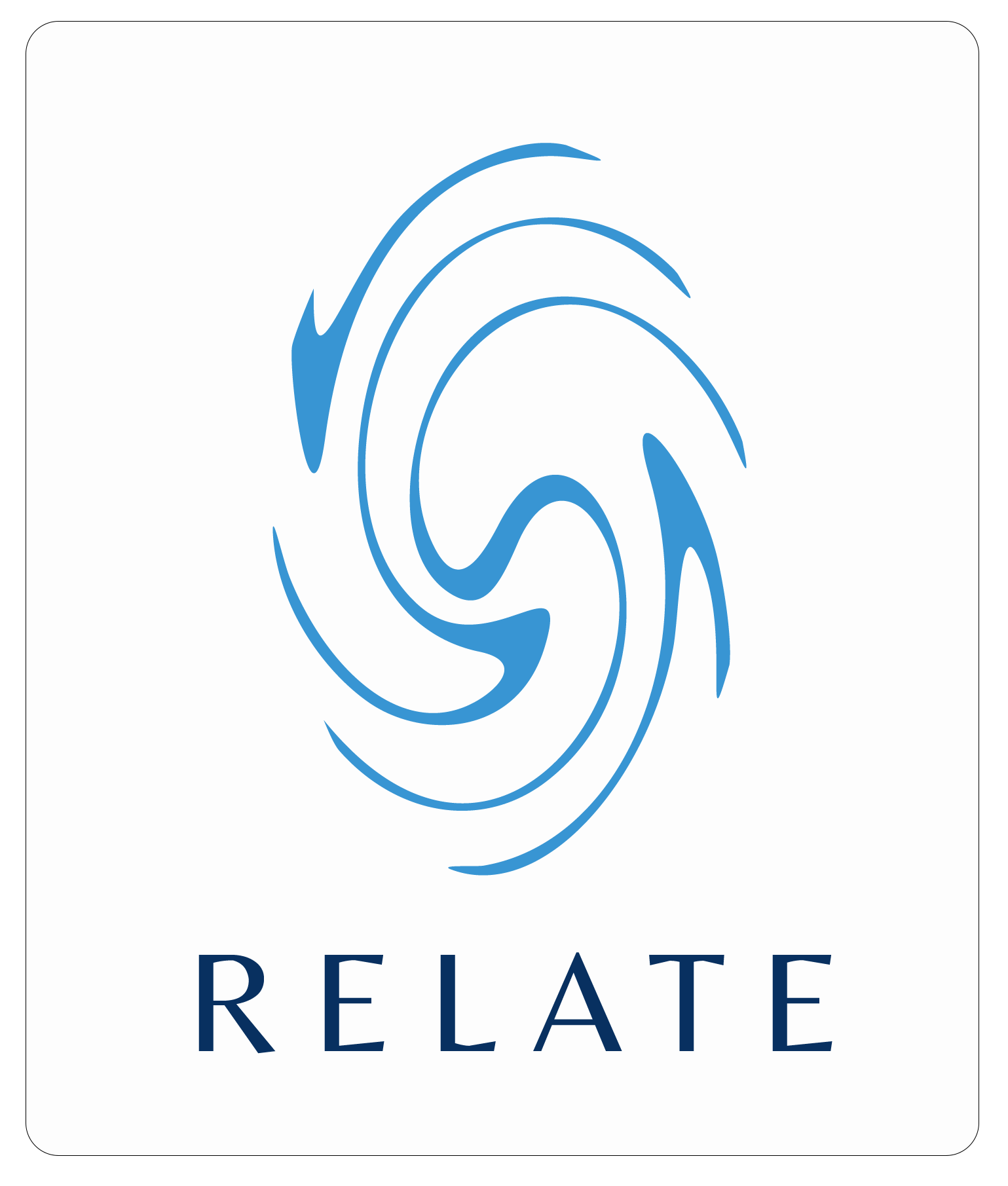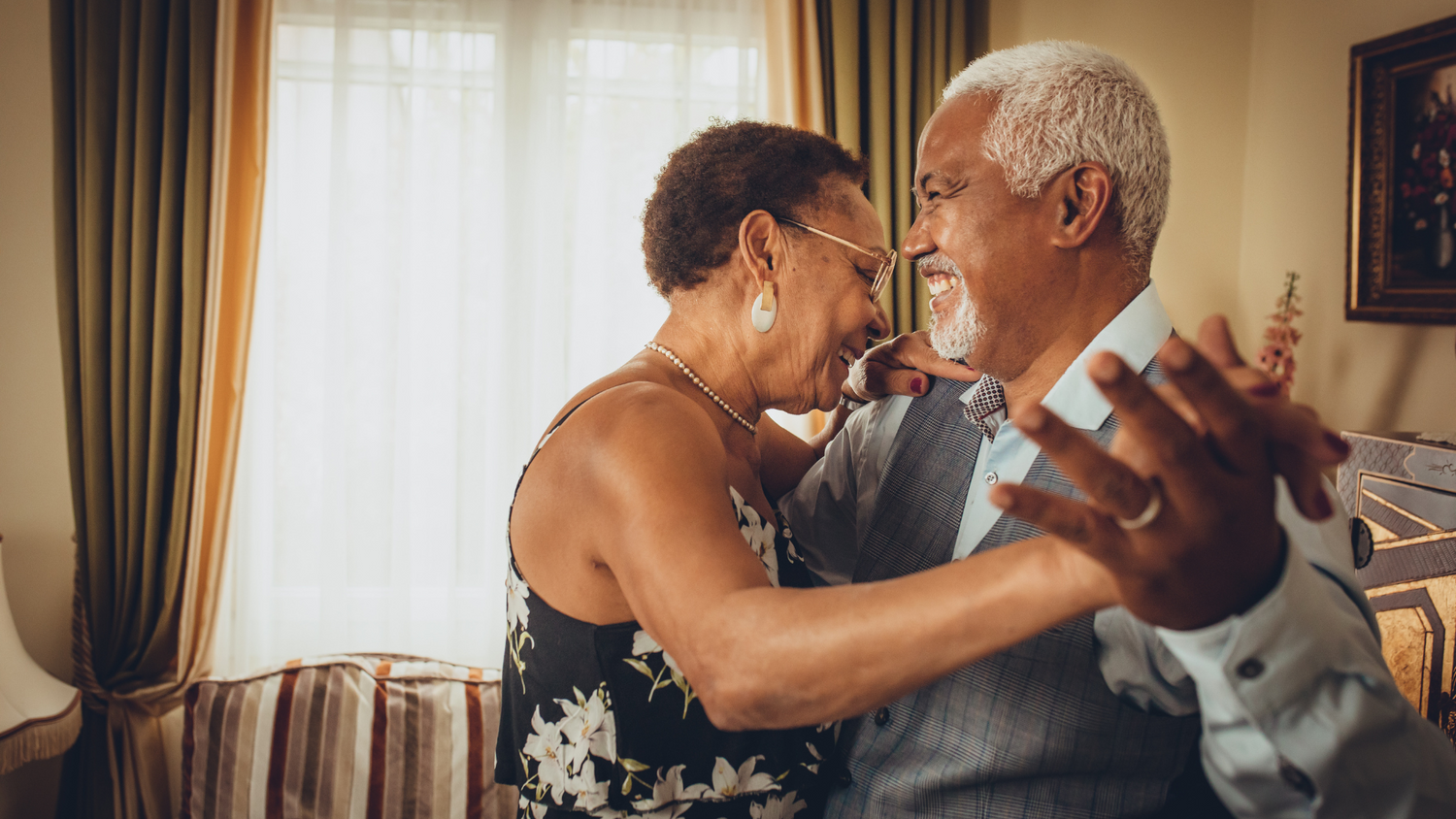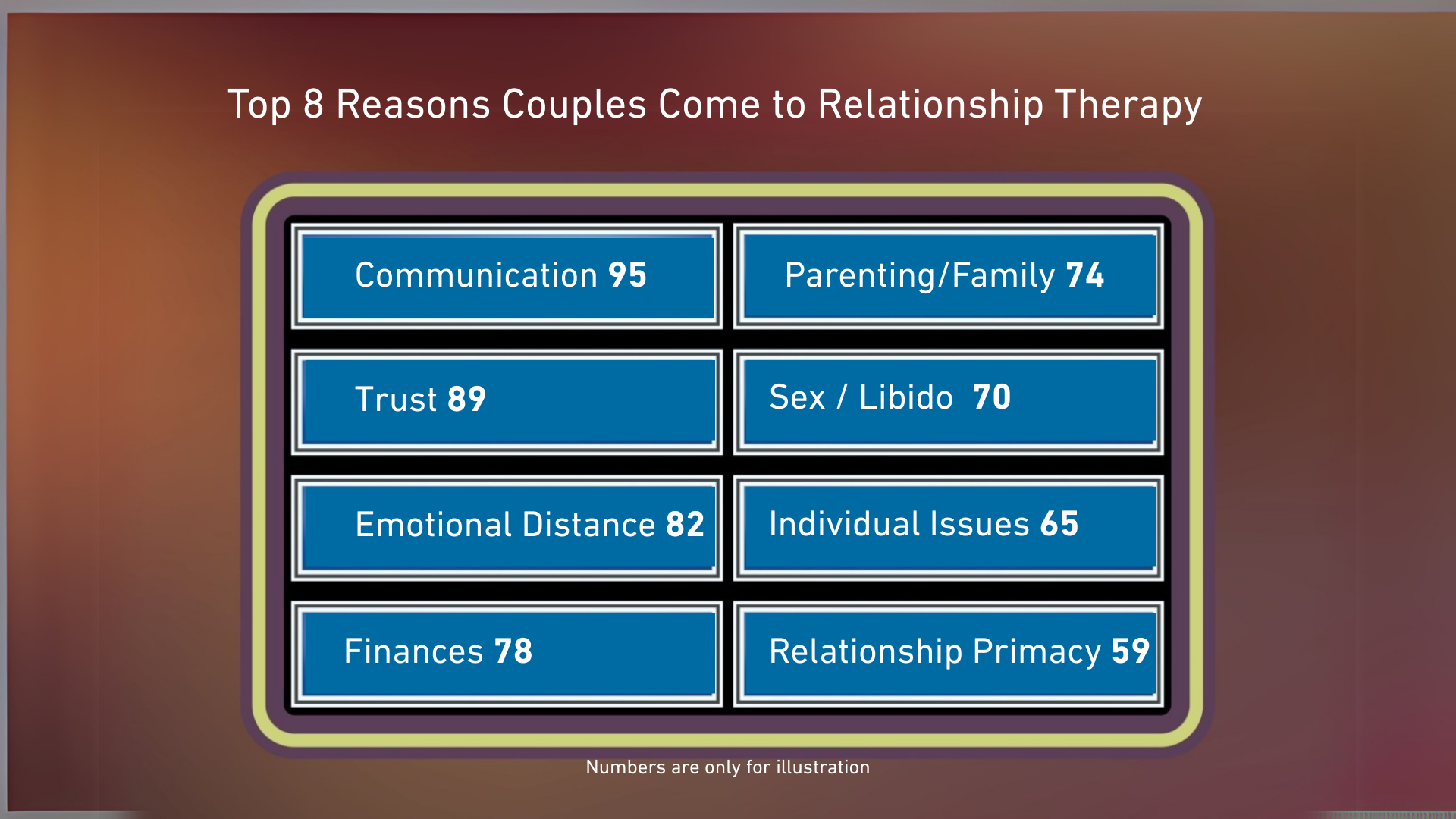Why Words Aren't Always Enough: The Silent Language of Love
“Why does it feel like we keep having the same fight over and over?”
If you’ve ever thought this while arguing with your partner, you’re not alone. For many couples, words aren’t the real problem. The problem lies in what’s left unsaid.
Non-verbal communication—the subtle cues, body language, tone, and micro-expressions—often speaks louder than any words. Yet, when couples hit a communication deadlock, they focus on what was said rather than how it was said.
Key Takeaway:
When words fail, body language can be the bridge or the barrier. Mastering the art of non-verbal communication may be the game-changer that transforms constant conflict into deeper connection.
Why Non-Verbal Communication Matters More Than You Think
James and Katie, a professional couple juggling high-stress careers, were at breaking point. They tried everything—date nights, couples counselling, and reading every relationship book they could get their hands on. Yet, they still found themselves in endless cycles of blame, withdrawal, and frustration.
Katie felt unheard. James felt criticized. But what neither of them realised was that their body language was telling a different story.
Katie’s crossed arms and pursed lips screamed defensiveness, even when her words said, “I’m trying to listen.”
James’ lack of eye contact signalled disengagement when all he wanted was to avoid another fight.
Despite their best efforts, their non-verbal cues were sabotaging any real chance of connection.
The Science Behind Non-Verbal Communication in Relationships
Dr. Albert Mehrabian, a pioneer in non-verbal communication research, found that 93% of communication is non-verbal—with 55% body language, 38% tone of voice, and only 7% words. (Mehrabian, A. (1971). Silent Messages https://www.kaaj.com/psych/smorder.html )
What does this mean for your relationship?
When couples focus only on the words spoken, they miss the vast emotional undercurrent driving the conversation. Misaligned body language can amplify feelings of rejection, defensiveness, and emotional withdrawal, even if the words themselves seem neutral.
How Non-Verbal Communication Can Resolve Conflict
So, how can non-verbal communication help couples navigate conflict more effectively?
1. Create Safety Through Open Body Language
Ever notice how a closed posture—arms crossed, looking away—feels like rejection? Open body language invites safety.
What to do: Sit facing each other with an open posture. Uncross your arms and lean slightly forward to show engagement.
Why it works: It sends a signal of emotional availability, creating a safe space for vulnerable conversation.
2. Use Eye Contact to Signal Presence
Eye contact is a powerful form of validation. When you lock eyes with your partner, it communicates:
“I’m here. I see you. I’m with you.”
What to do: Practice maintaining eye contact during difficult conversations, even when emotions run high.
Why it works: Eye contact fosters emotional connection and makes your partner feel heard—something words alone often fail to do.
3. Mirror Your Partner’s Emotions to Build Empathy
Mirroring is the subtle art of reflecting your partner’s emotional state through body language.
What to do: If your partner is leaning forward, lean in too. If they soften their tone, follow suit.
Why it works: Mirroring activates neural pathways of empathy, helping both partners feel attuned and connected.
4. Use Touch to De-escalate Tension
A gentle touch on the hand or a reassuring pat on the back can communicate safety, warmth, and care—especially during conflict.
What to do: When tensions rise, break the cycle by offering a comforting touch to signal emotional safety.
Why it works: Physical touch releases oxytocin, the bonding hormone, which helps diffuse defensiveness and rebuild trust.
5. Master Tone of Voice to Convey Calmness
It’s not just what you say—it’s how you say it.
What to do: Slow down, soften your tone, and lower your volume.
Why it works: A calm tone signals emotional stability, encouraging your partner to stay engaged instead of shutting down.
Real-Life Case Study: When Non-Verbal Cues Save a Marriage
Case Study: Mark and Sarah’s Turning Point
Mark, a high-powered executive, was blindsided when Sarah told him she was thinking about leaving. She felt unheard, unappreciated, and emotionally disconnected.
Mark’s words begged her to stay, but his body language told a different story—distant, defensive, and guarded.
When they began focusing on non-verbal cues during conflict resolution, something shifted. Mark started leaning in during conversations, maintaining eye contact, and using softer tones. Sarah responded by mirroring his openness, and slowly, trust began to rebuild.
Key Takeaway:
Non-verbal changes transformed emotional distance into emotional safety, reigniting hope where words had failed.
Why Non-Verbal Communication is Critical for Men in Crisis
For many men, especially those whose partners have announced they’re done, non-verbal communication becomes a lifeline in moments of crisis.
When words feel inadequate, body language becomes the silent signal that says:
“I’m still here. I’m willing to fight for us.”
Desperate Men: What Non-Verbal Cues to Focus On
Lean In, Don’t Withdraw:
When your partner is emotionally distant, leaning in shows commitment and presence.
Soft Touch, Big Impact:
A reassuring touch during difficult conversations conveys safety and warmth.
Keep Eye Contact, Show Vulnerability:
Eye contact communicates authenticity and trust—even in moments of emotional discomfort.
When Words Fail, Non-Verbal Communication Speaks Loudest
Words can be misunderstood. They can be defensive, reactive, or emotionally loaded. But non-verbal cues tell the truth.
By mastering the art of non-verbal communication, couples can break free from destructive cycles, build emotional safety, and create a relationship where both partners feel truly seen, heard, and valued.
Ready to Build Emotional Safety in Your Relationship?
Explore Our Course: Connection Windows - Attachment strategies to build relationship security and love. - In just 20 minutes a day
Learn to decode non-verbal signals.
Develop attachment strategies to deepen trust.
Strengthen your relationship with proven techniques.
Final Takeaway: Mastering Non-Verbal Communication Can Save Your Relationship
If you’ve tried talking but feel like nothing is changing, start listening with your eyes, your touch, and your presence.
Next Step: Take action today by scheduling with a relationship therapist to help your relationship.







